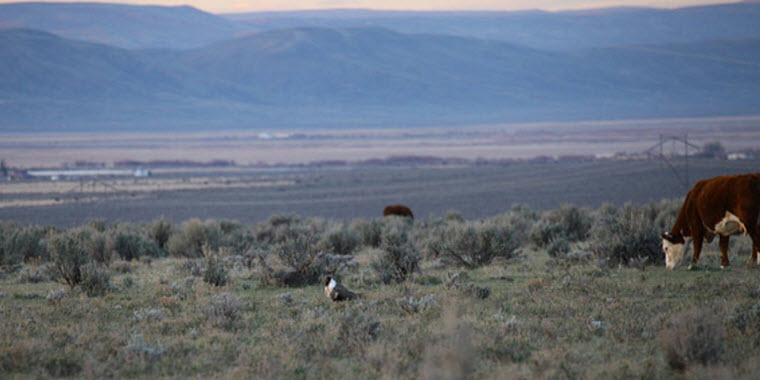The Montana Stockgrowers Association (MSGA) and the Montana Public Lands Council (MPLC) shared their members’ concerns regarding the Endangered Species Act 10(j) proposed rule change by submitting comments this week.
The current 10(j) regulations relating to experimental populations restrict the introduction of an experimental population to only the species’ “historical range.” The proposed rule would eliminate references to species’ “historical range,” broadening the areas where U.S. Fish and Wildlife Service (FWS) may introduce experimental populations, with the justification of the Service believing it will be “increasingly necessary and appropriate to establish experimental populations outside of their historical range if the ability of the habitat to support one or more life history stages has been reduced due to threats, such as climate change or invasive species.”
“The proposed rule is unnecessary and lacks adequate guidelines for how, where, and when FWS may introduce nonessential experimental populations into areas outside the species’ historical range,” shared Raylee Honeycutt, MSGA Director of Natural Resources and MPLC Executive.
“Under the current rule,” Honeycutt says. “Livestock producers feel the economic burden of populations when introduced in historic range. We see increased depredation, restrictions on activities, and decreased resource productivity. Allowing experimental population introductions outside of a historic range will only compound the significant impacts livestock producers and landowners are already facing.”
MSGA and MPLC along with a coalition of agriculture, forestry, mining, energy, exploration and energy development industries expressed concerns regarding the proposed rule and remain committed to management models that promote high-quality habitat for wildlife and livestock.
###
MSGA/MPLC


